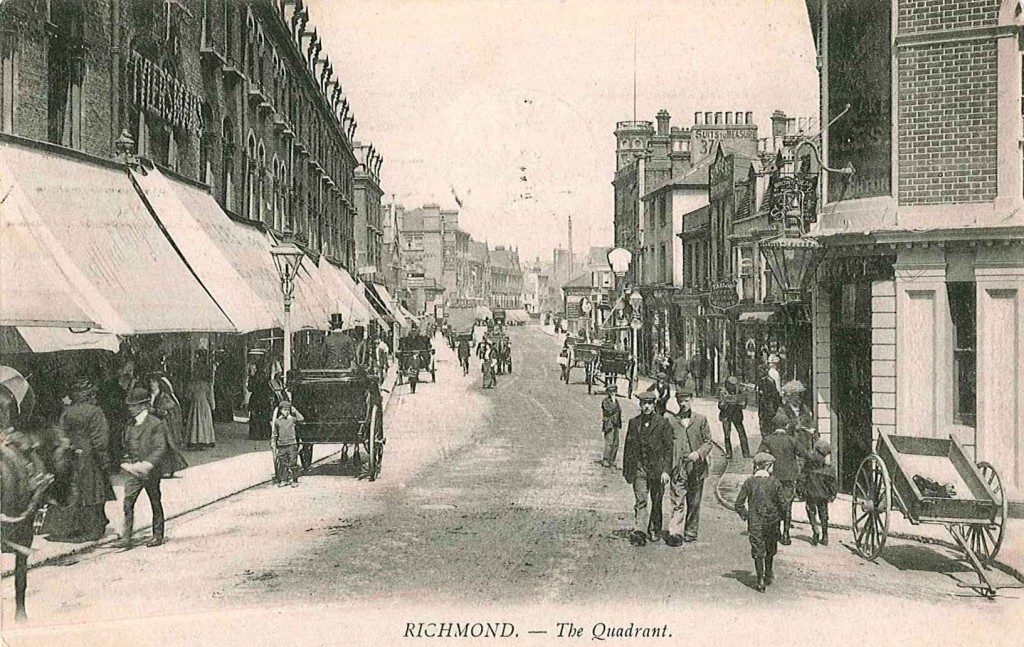Follow The Drum: Early days of War – The Public Response.
The latest post from our Follow The Drum series documenting life in the borough during World War I sees the residents adapting to life during the early days of war.
Following the outbreak of the War a public call was made by the authorities for civilians to come together (all classes) and deal with the suffering and distress in this developing crisis. For example, there was the first meeting of the Public Emergency Committee in a time of war to organise relief measures. This was documented in the Richmond Council Minutes (11 August, 1914) and also reported in the local press that week. (Richmond & Twickenham Times).
An appeal for both men and women to volunteer for the Red Cross was launched at this time as local ladies were setting up work for the Red Cross in depots in Richmond (the Richmond Voluntary detachment of the British Red Cross). There was a special meeting to arrange this which took place at Richmond County School for Girls.
It was also reported that Councillor J. Manger suggested at this time that patriotic war-work should involve establishing nurseries to watch over the children of reservist and territorials who were serving at the Front. “Could not, and should not a committee be formed, chiefly of ladies … its activities might usefully include: a day nursery to mind children under five … to render aid and comfort to any maternity case …”.
Described by the Richmond & Twickenham Times as a “patriotic lady”, Mrs Constance Skerry of Bingham House, Petersham Road wrote a letter to the paper appealing for support in starting a group to work on making, sewing and repairing underwear, nightshirts, pyjamas, bandages and small soft pillows to make the sick and wounded comfortable. She was generous enough to offer the use of the dining room in her house as a work-room, as well as to collect useful tools/sewing machines from her friends. Mrs Skerry undertook to provide tea for every lady that participated and remained open to further helpful suggestions.
This level of activity was reflected across the Borough and more information is held in the Local Studies Library & Archive.
Catch up on earlier Follow The Drum posts here on our blog.
[ by Patricia Moloney, Heritage Manager ]

